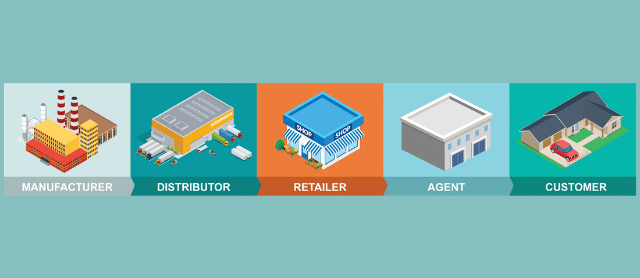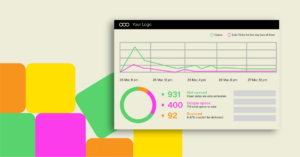By going through an indirect distribution channel, manufacturers can sell to a big buyer audience. This way, manufacturers don’t have to rely solely on their in-house sales team. While indirect selling has its benefits, it’s not without its challenges.
Often, the biggest hurdle to overcome is this: distributors work with multiple manufacturers, and there’s no way to be sure your product will be promoted over the competition’s at the time of sale.
For businesses looking to make the most of distribution selling, investing in channel technology to track seller and buyer behavior can be a huge help. A channel incentive program, for example, can influence third-party reseller decisions and behaviors. It can also collect valuable customer data to better steer sales and marketing initiatives, while maximizing indirect channel revenue.
The Benefits & Challenges an Indirect Distribution Channel
The Benefits
To understand how indirect distribution channel incentives can help manufacturers, let’s look closely at the reasons manufacturers sell through the channel to begin with (i.e. the benefits they want to maximize):
- They are cost-efficient. Third-party resellers or wholesalers absorb some sales and marketing costs for the manufacturer.
- They tap into a wide, existing customer base. Channel resellers form a direct line into markets and customers that the manufacture may be unable to reach otherwise.
- They increase the product’s speed-to-market. Products make their way to the end-customer with very little promotion, cost, or risk. Indirect sales are a great option for newly-established companies working to grow their business.
The Challenges
The challenges of indirect sales come into play particularly when companies are fully reliant on channel sales for revenue. Manufacturers are often completely removed from the end-customer in the channel, making it hard for sales and marketing to inform, educate, communicate, or build brand awareness. And you can’t establish customer loyalty without these key ingredients.
Additionally, third-party sales teams often have a variety of products they can offer to the customers. Generating their own sales revenue is their priority, regardless of the brand the customer purchases. Manufacturers can’t control when their product is being promoted, or whether resellers are equipped with the proper product knowledge.
For manufacturers looking to achieve brand differentiation, indirect sales come with a variety of roadblocks.
An Example of Channel Incentives
To illustrate the benefits of indirect sales incentives, let’s start with an example.
In the world of tire sales, an end-customer looking to replace their tires will never contact a tire manufacturer directly to get the job done. Instead, the end-customer travels to a tire dealership to make their purchase and have their car serviced. Because of this indirect distribution channel, tire manufacturers must rely on both tire distributors, who store tires from various manufacturers to deliver to dealerships, and tire dealers, who sell various tire types, to promote their product at the end-customer level.
Because of this, the tire manufacturers should incentivize:
- the distributor to purchase their tires and promote them to trusted tire dealerships; and
- the tire dealerships to promote their tires when recommending products to a customer.
By incentivizing two parts of the distribution channel—distributors and dealerships—the tire manufacturer increases the likelihood of their tires ending up in the end-customer’s hands.
How Incentives Boost Channel Revenue & Loyalty
Be it a channel incentive program or customer loyalty program, incentives are a proven way for businesses to conquer the challenges that come with indirect distribution. Here are some ways that incentives can drive behaviors and push your product through the channel faster and in greater bulk:
- Reward distributor loyalty to give channel partners a reason to buy your product. When two brands of semi-conductors are functionally the same, but one comes with reward points or debit card funds, the choice becomes a lot easier for your channel partners.
- Enable and educate sales teams by quickly and easily providing training content through a training incentives platform. You can instantly reward participants for completing courses and certifications or passing quizzes and answering daily trivia questions.
- Motivate channel partners to collect sales and customer data by making it easy for them to submit sales claims documentation and receive instant rewards.
- Reach contractors and end-customers by providing open registration to a customer loyalty program.
Providing engagement and motivation at every link of the distribution chain, incentives capture the attention of channel partners and keep them choosing your product at the time of sale.
With the help of incentive technology, collecting and organizing channel partner data has never been easier. An online reward platform allows businesses to form a direct line of communication with channel partners who often remain hidden. Track sales data, boost engagement and promote new products each time partners log into your rewards site. By providing an enticing incentive for selling your product and a seamless way to earn rewards, brand loyalty is inevitable! When companies offer incentives, they are not only enacting a strong channel strategy- they are instilling a reputation of generosity into their brand and showing commitment to their customers.



